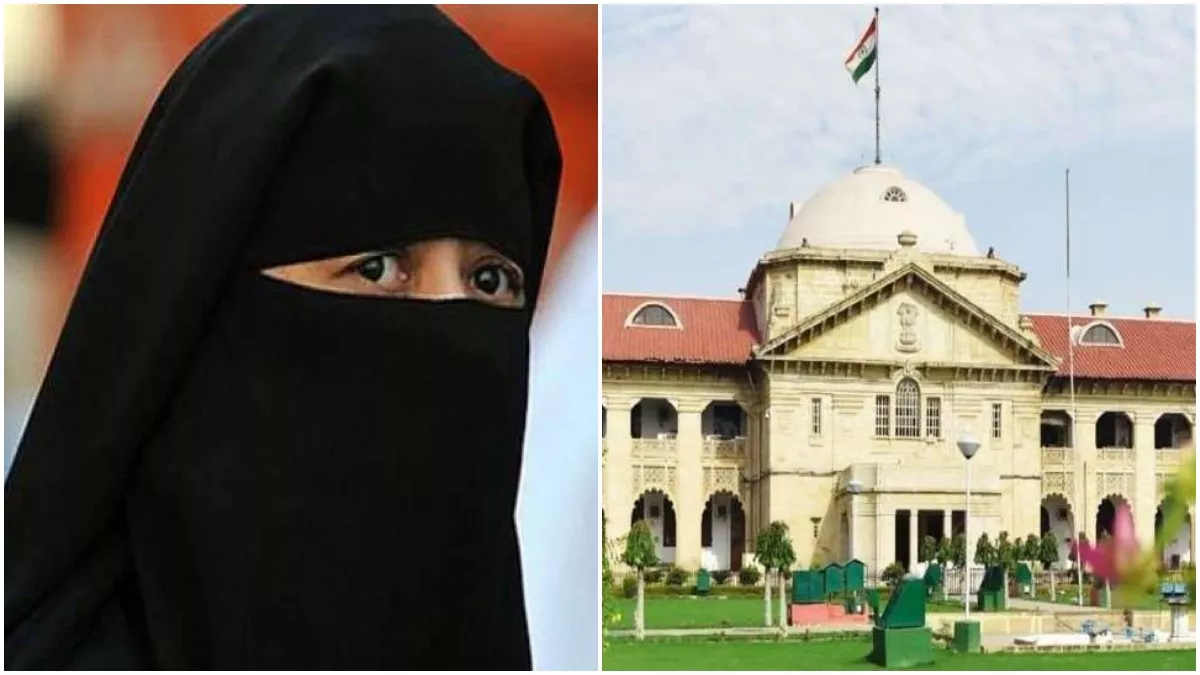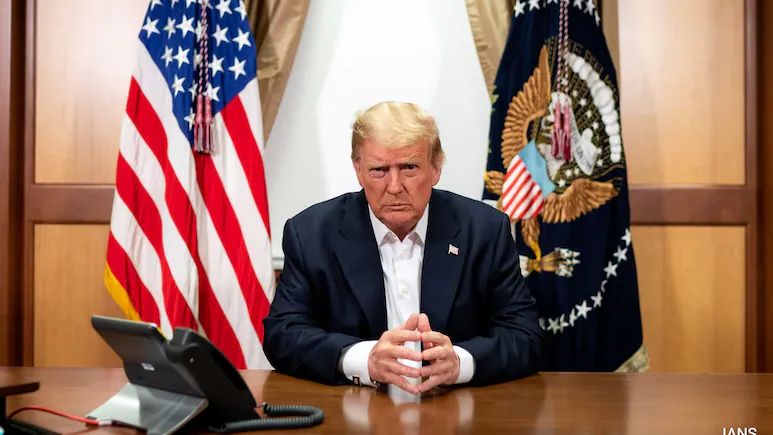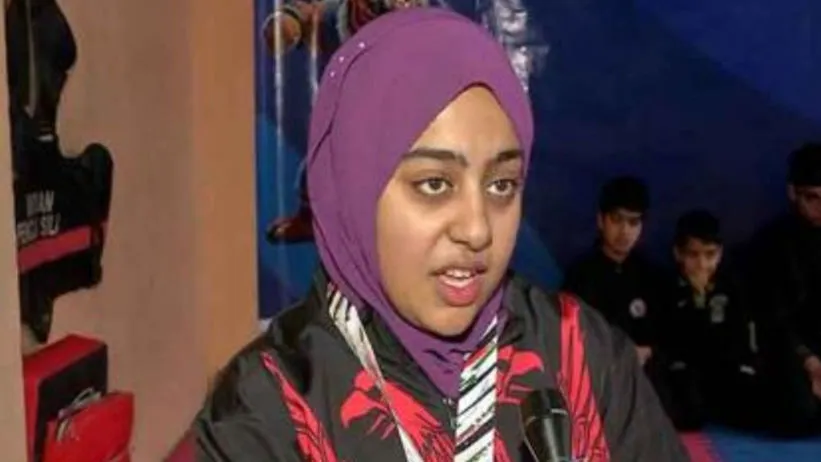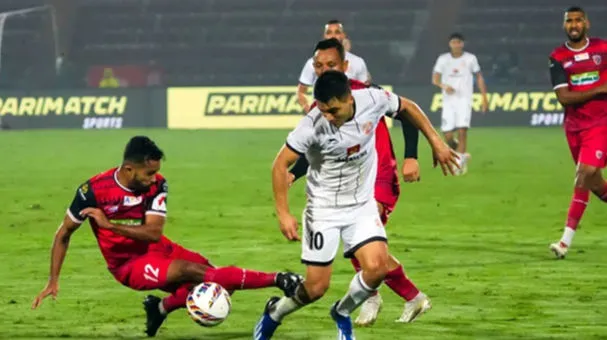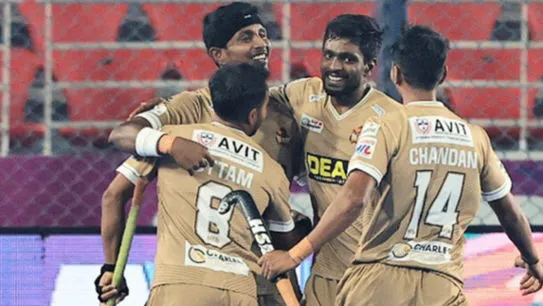At a time when India is boasting about its progress towards sustainable development goals with slogans like “Sabka Saath Sabka Vikas”, Muslim women are being overlooked in the development scenario.
Analysing women’s development through the lens of Dr. Ambedkar’s statement, “I measure the progress of a community by the degree of progress which women have achieved,” it is evident that marginalised women from the Muslim community face significant challenges and exclusion.
Often when discussing Muslim women, the focus is largely limited to topics such as the burqa, triple Talaq, and procreation, while crucial aspects such as health, education, political engagement, employment opportunities, and gender equality are neglected.
The multidimensional developmental needs of Muslim women have been entirely overlooked under the guise of “high childbearing, burqa, and triple Talaq”. Are the identities of Muslim women confined only to these discussions?
If we examine the situation of Muslim women, we find that we have failed to address the genuine problems and have not exploited the gender dividend by enhancing their employment, health care, and education opportunities.
For example, it is often argued that the exceedingly high childbearing rates of Muslim women hinder their life prospects. However, the fact is that Muslim fertility rates (2.3) have declined faster than any other community, approaching the replacement level fertility (TFR=2.1), as evidenced by empirical surveys like the National Family Health Survey (NFHS-5).
This suggests that they have successfully adopted family planning programmes despite their low literacy rate, poverty, and social marginalisation.
Indeed, Muslim women in India exhibit a slightly higher fertility rate compared to other religious communities. However, the differences between these rates are minimal, and only marginal growth is projected in the coming decades.
The main concern here is why Muslim women continue to be deprived, poor, socially excluded, and at the fringes of development even after seven decades of independence.
Other disadvantaged communities have made significant progress in the post-independence era through proper policies, but we have overlooked the progress of the Muslim community in general and Muslim women in particular.
According to the Global Multidimensional Poverty Index (MPI), 2018, every third Muslim in India lives in multidimensional poverty based on nutrition, health, education, living standards, and assets.
Health scenarios are even worse among Muslim women. Research evidence underscores that Muslim mother-child pairs are more likely to suffer from malnutrition compared to other communities.
Another significant issue among Muslim women is high illiteracy, as emphasised by the Sachar Committee report. The gross enrolment ratio at the primary level is the lowest among Muslims, even worse than SCs, STs, and other social and religious groups.
Another major issue is the low participation of Muslim women in the labour market. According to the periodic labour force survey (2020-21), about 10% of Muslim women participate in the labour market, the lowest among all religious groups.
Approximately three in four Muslim women are engaged in domestic activities. There exists a significant gender gap within the Muslim community concerning education and employment opportunities.
A critical predictor of women’s empowerment and active participation in society is political involvement. The Government of India provides a 33 per cent reservation for women in government institutions, including parliament, to enhance women’s empowerment.
Although Muslim women comprise about 6.9 per cent of the total population, their participation in parliament is less than 0.50 percent. The negligible political participation of Muslim women is a significant issue. Very few Muslim women in parliament voice out concerning their disadvantaged socioeconomic positions.
Despite India’s proclaimed commitments to inclusive development, social justice, and equal opportunities for all, Muslim women are scarcely represented in the current phase of economic and social development. It is concerning that policymakers have not acted to improve these women’s livelihood opportunities.
There is a perception that some Muslim women may face challenges related to their individual identities when wearing the burqa, limiting their access to educational and employment opportunities.
It is well known that women’s marginalisation in society can prevent the next generation from flourishing. Therefore, the nation’s building process requires effective attention towards Muslim women.
The three I’s approach—identification, intervention, and implementation—are now critical elements in ensuring their participation in the nation’s inclusive development. The challenges encountered by Muslim women related to education, employment, and health must be identified.
A comprehensive and sustainable intervention will identify the need for alternative policies and programmes. The country must initiate discussions concerning their health, education, employment opportunities, and role in society.
Lastly, wearing the burqa and having children are their choices, but Muslim women must also stand up against their marginalisation, raise their voices, and fight for their rights. The great poet Asrar Ul Haq Mazaz once said, “Tere Mathe Pe Ye Aanchal Bahut Hi Khub Hai Lekin, Tu Is Aanchal Se Ek Parcham Banaa Leti To Accha Tha”, which means, “Although this scarf/burqa/Hijab adds a lot of modesty to your forehead, do not let it become your weakness. It is crucial that you transform it into a flag of revolution and raise it for your rights.”
The burqa can be used as a flag, but it should not represent disadvantaged identities. Now, it is time for Muslim women to identify themselves against the social system, patriarchy, and deprivation, and decide whether they want to be symbols of deprivation or symbols of an economic and social revolution in the ongoing development process.
This will encourage all disadvantaged women to contribute to social and economic development. For a healthy democracy in a diverse country, it is important to have equal participation of each group in terms of education, economic development, and social contribution.

